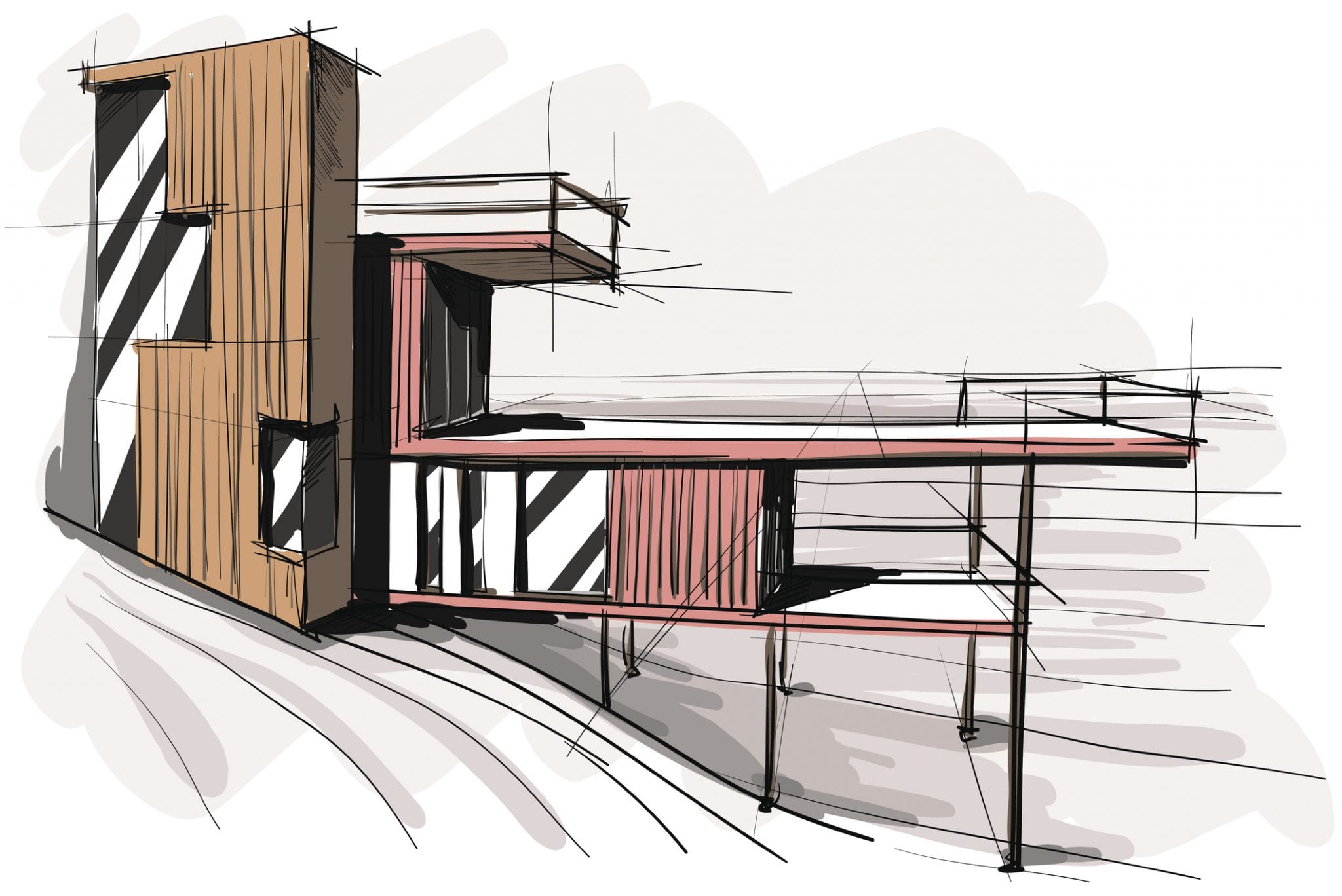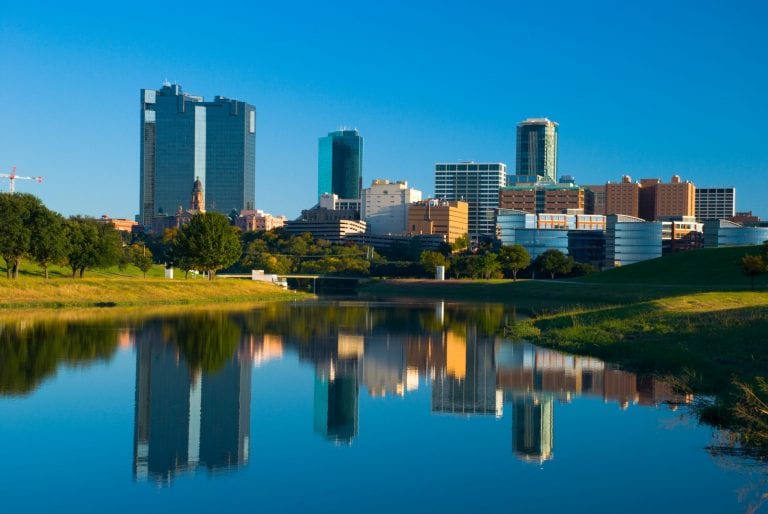
By Jocelyn Kerr, PVAMU School of Architecture Contributor
When Prairie View A&M University (PVAMU) graduate student Kennedy Wallace was in middle school, she already had her sights set on college. Although she was interested in a career in photography, a chance meeting with a historic preservation representative from the Savannah College of Art and Design (SCAD) shifted her focus to a new world with new possibilities.
“People tend to think that art school is just a place where you color all day long, but that was not the reality at SCAD,” said Wallace, who earned a bachelor’s degree in historic preservation from SCAD. “Every day, I was constantly pushed beyond my expectations and the limits I thought I had. When I decided to come to PVAMU, I was once again groomed and prepared beyond my expectations. I am in an environment where my lessons aren’t just theoretical. They are hands-on, and I love the fact that I’m being taught how to properly execute.”
The Master of Community Development student is taking her professional development a step further this summer with a prestigious internship with the Texas Historical Commission (THC). The internship is considered by many to be one of the top preservation training and research opportunities in the country. Wallace’s acceptance into the program demonstrates the rigor and success of PVAMU’s historic preservation curricula in the School of Architecture.
“PVAMU is the only HBCU (Historically Black College/University) and institution in Texas with a community development program. We are also noted as one of the oldest academic community development programs in the nation, and one of the ways we stand out is our Historic Preservation track,” said Community Development Assistant Professor Tiffany Thomas.
Thomas said PVAMU has made an intentional effort to attract students with a wide range of professional and academic training to amplify the number of research and community development possibilities available to explore. Since joining PVAMU, Wallace has been part of Thomas’s research program.
“[Wallace] currently serves as my graduate research assistant, where she supports my research in Piney Point, a Freedmen’s town in mid-west Houston,” Thomas said. “I received a faculty Mellon grant ($5,000) to transfer their archives into digital form, and [she] has assisted in this work. In Spring 2020, she along with her classmates worked in this community and hosted a series of community engagement meetings funded by USDA/NIFA micro funds, which enhanced her interest to pursue historic preservation.”
The THC internship presents a new opportunity for Wallace to contribute to cultural heritage and preservation research.
“During this internship, I will be helping research and develop a diversity and inclusion toolkit that will help excel the Texas Main Street project. This fits into my career plans by exposing and preparing me for optional realities of the rehabilitation of communities of color that are in need culturally and economically. Within the next 10 to 15 years, a handful of friends and I want to come together and start a firm that fights against the negative aspects of gentrification,” Wallace said.
The Preservation Scholar Internship is highly competitive and requires a detailed application, recommendations and interviews with the Preservation Internship Board and project supervisors. The internship provides access to statewide preservation resources, a professional network and a host of valuable research and outreach opportunities. Another PVAMU graduate, William Polley, has also served an internship and is now employed full time with the THC.
“Black people and their culture are not monolithic, and Piney Point and many other Freemen’s Towns are great examples of that,” Wallace said. “By studying Piney Point, an individual can learn about Black people’s journeys regarding entrepreneurship, migration, religion, and how they worked so hard to establish their communities. My wish and hope for many Black people within the United States is that they get the opportunity to have the comfort and knowledge of knowing Black history outside of trauma. Black people and their history are beautiful, and there is more than one way of seeing and experiencing that.”
For more information, please visit www.pvamu.edu/soa/.Source: Prairie View A&M University’s School of Architecture







